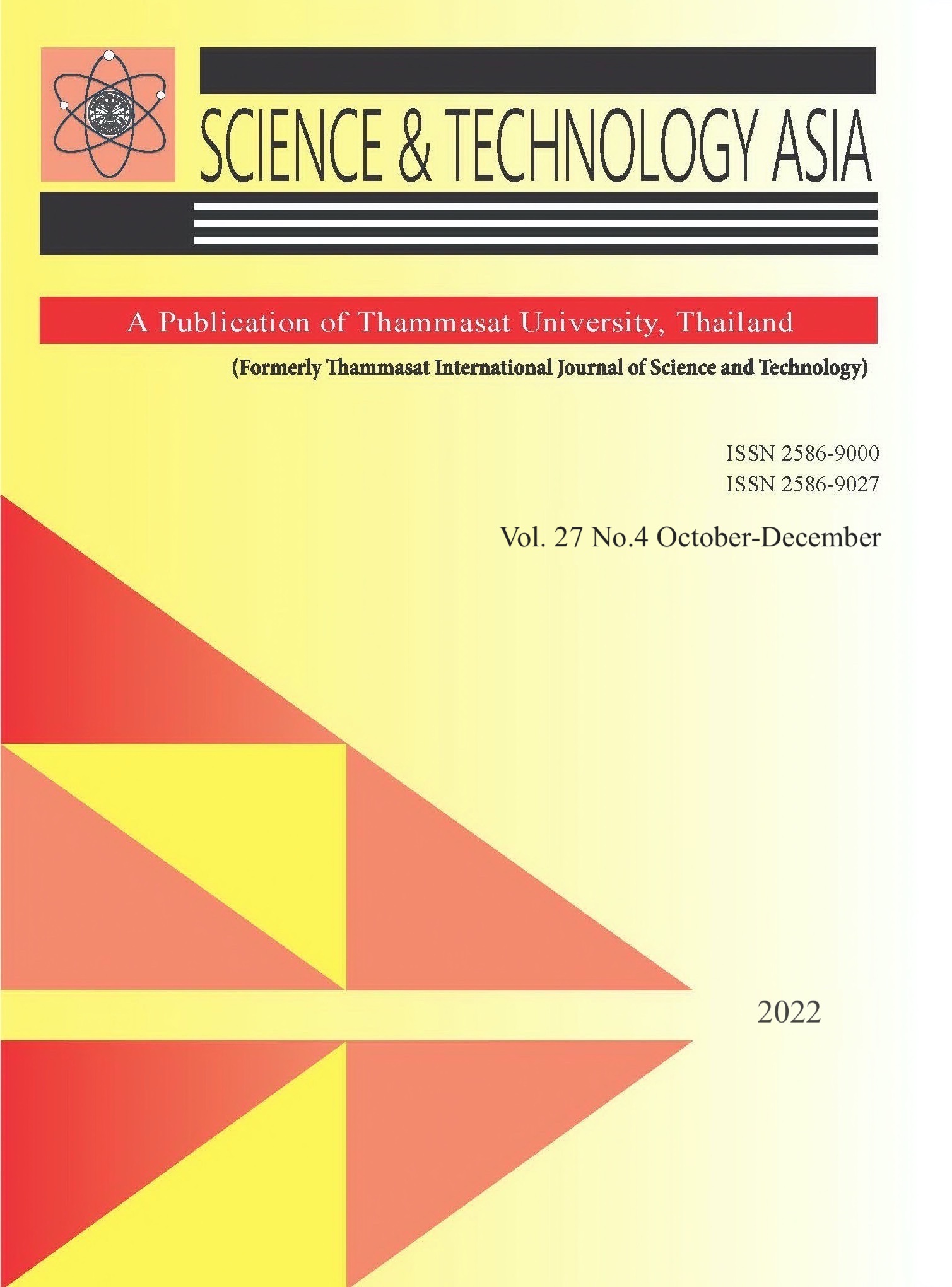Automatic Driving for Road Tracking and Traffic Sign Recognition
Main Article Content
Abstract
Automatic driving has become a very important research field that may change how humans travel. Most of the existing research on automatic driving has been on road tracking. However, there has been little research on automatic driving to simultaneously achieve road tracking and traffic sign recognition (relying on only one camera as input). In this paper, we achieve the simultaneous implementation of both functions and explore the effects of the model, speed, and batch size on the automatic driving of the smart car. We constructed a smart car based on a Jetson Nano and one camera. In addition, we designed three real simulation environments and three groups of experiments. Firstly, the smart car is trained and tested in Experiment Group 1 using Environment 1. ResNet18 and ResNet34 are compared with speed modifications, and it screens a base model for Experiment Groups 2 and 3. Secondly, the smart car performs road-tracking experiments in an untrained environment (Environment 2) with the model from Experiment Group 1. Thirdly, road tracking and traffic sign recognition are achieved simultaneously in Environment 3. We conducted a total of 53 experiments in different network setups and found out that S0.6 is the best speed, ResNet34_B32 is the best model, and road tracking can be achieved in both trained and untrained environments. The results of Experiment Group 3 show that the smart car can perform traffic sign recognition smoothly during road tracking.
Article Details

This work is licensed under a Creative Commons Attribution-NonCommercial-NoDerivatives 4.0 International License.


